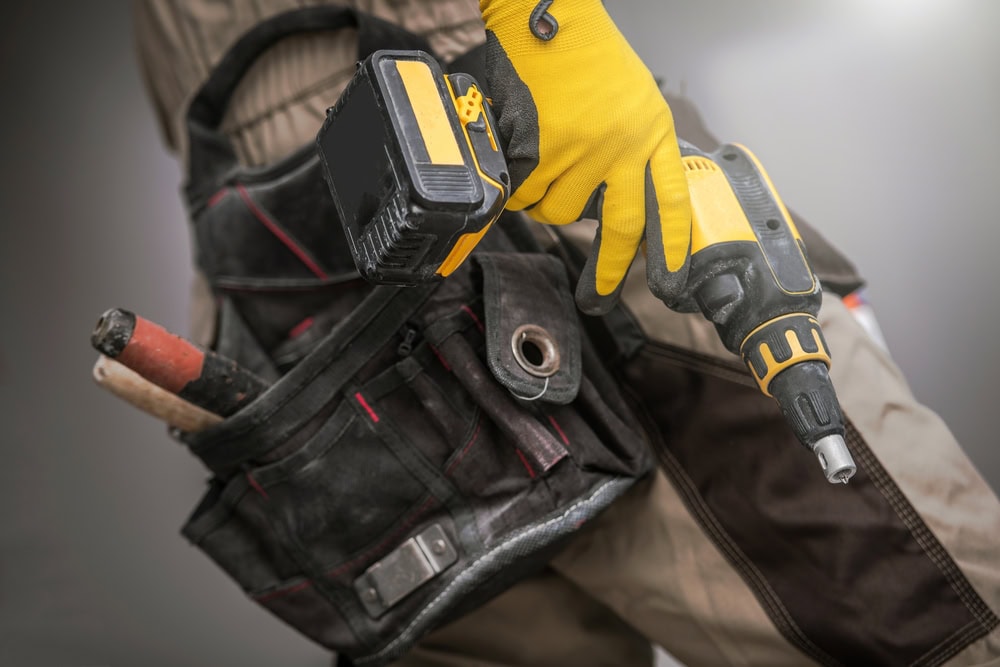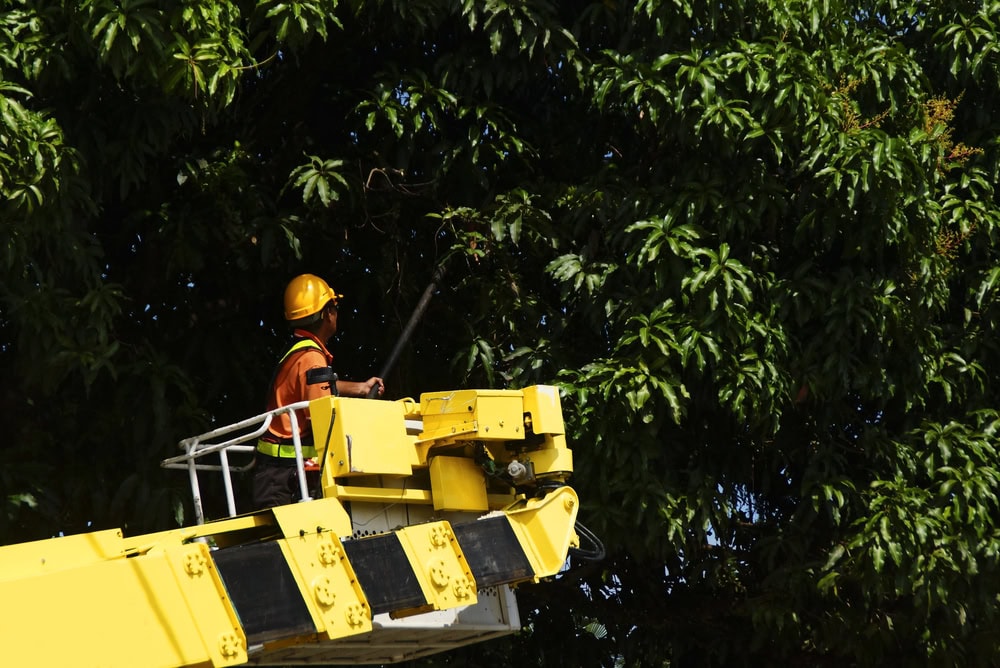Can a Felony or Misdemeanor Prevent You From Getting Licensed?
Introduction If you’re preparing for the California contractor license exam, you’ve likely worked hard to build your skills and experience. But what if you have a felony or misdemeanor on your record? Many aspiring contractors worry that a past mistake could slam the door on their career dreams. The truth is more nuanced and often … Read more










